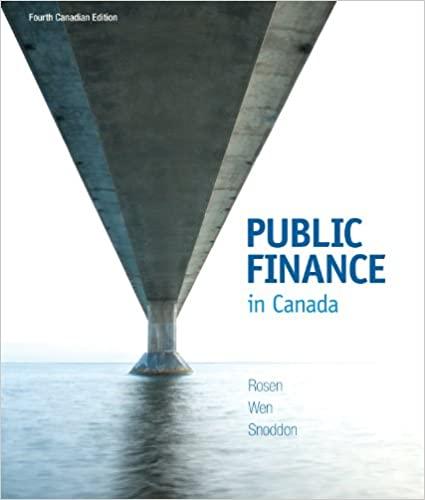Q5.
 Q.8
Q.8

5. Problem 11.09 (Capital Budgeting Criteria: Ethical Considerations) eBook An electric utility is considering a new power plant in northern Arizona. Power from the plant would be sold in the Phoenix area, where it is badly needed. Because the firm has received a permit, the plant would be legal; but it would cause some air pollution. The company could spend an additional $40 million at Year O to mitigate the environmental problem, but it would not be required to do so. The plant without mitigation would require an initial outlay of $210.55 million, and the expected cash inflows would be $70 million per year for 5 years. If the firm does invest in mitigation, the annual inflows would be $75.63 million. Unemployment in the area where the plant would be built is high, and the plant would provide about 350 good jobs. The risk adjusted WACC is 17%. a. Calculate the NPV and IRR with mitigation. Enter your answer for NPV in millions. For example, an answer of $10,550,000 should be entered as 10.55. Negative values, if any, should be indicated by a minus sign. Do not round intermediate calculations. Round your answers to two decimal places. NPV: $ million IRR: % Calculate the NPV and IRR without mitigation. Enter your answer for NPV in millions. For example, an answer of $10,550,000 should be entered as 10.55. Negative values, if any, should be indicated by a minus sign. Do not round intermediate calculations. Round your answers to two decimal places. NPV: $ million IRR: % b. How should the environmental effects be dealt with when evaluating this project? I. The environmental effects should be ignored since the plant is legal without mitigation. II. The environmental effects should be treated as a sunk cost and therefore ignored. III. If the utility mitigates for the environmental effects, the project is not acceptable. However, before the company chooses to do the project without mitigation, it needs to make sure that any costs of "ill will" for not mitigating for the environmental effects have been considered in the original analysis. IV. The environmental effects should be treated as a remote possibility and should only be considered at the time in which they actually occur. V. The environmental effects if not mitigated would result in additional cash flows. Therefore, since the plant is legal without mitigation, there are no benefits to performing a "no mitigation" analysis. -Select- c. Should this project be undertaken? I. The project should be undertaken only under the "mitigation" assumption. II. The project should be undertaken since the IRR is positive under both the "mitigation" and "no mitigation" assumptions. III. The project should be undertaken since the NPV is positive under both the "mitigation" and "no mitigation" assumptions. IV. Even when no mitigation is considered the project has a negative NPV, so it should not be undertaken. V. The project should be undertaken only if they do not mitigate for the environmental effects. However, they have to make sure that they've done the analysis properly to avoid any "ill will" and additional "costs" that might result from undertaking the project without concern for the environmental impacts. -Select- 8. Problem 11.18 (NPV and IRR) eBook A store has 5 years remaining on its lease in a mall. Rent is $2,000 per month, 60 payments remain, and the next payment is due in 1 month. The mall's owner plans to sell the property in a year and wants rent at that time to be high so that the property will appear more valuable. Therefore, the store has been offered a "great deal" (owner's words) on a new 5- year lease. The new lease calls for no rent for 9 months, then payments of $2,700 per month for the next 51 months. The lease cannot be broken, and the store's WACC is 12% (or 1% per month). a. Should the new lease be accepted? (Hint: Be sure to use 1% per month.) -Select- y b. If the store owner decided to bargain with the mall's owner over the new lease payment, what new lease payment would make the store owner indifferent between the new and old leases? (Hint: Find FV of the old lease's original cost at t = 9; then treat this as the PV of a 51-period annuity whose payments represent the rent during months 10 to 60.) Do not round intermediate calculations. Round your answer to the nearest cent. $ c. The store owner is not sure of the 12% WACC-it could be higher or lower. At what nominal WACC would the store owner be indifferent between the two leases? (Hint: Calculate the differences between the two payment streams; then find its IRR.) Do not round intermediate calculations. Round your answer to two decimal places. %
 Q.8
Q.8






